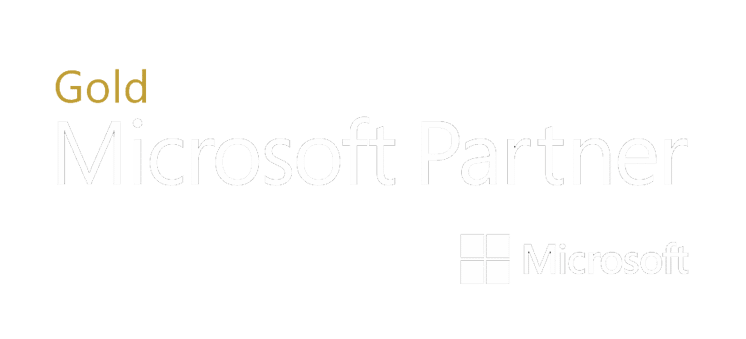Over the last couple of weeks, concern and attention have grown tremendously about the coronavirus. From the extremes of the world is going to end as we know it, to this is going to fade away as the weather warms up, information about COVID19 is everywhere. So what is my IT company going to tell me that I haven’t already heard?
Well…Your job is a big part of your daily routine. If fear continues to spread along with the virus we may see schools and businesses shutting down like what is currently happening in Seattle where one school district has closed all schools for two weeks and Amazon and Facebook directly their workforce there to work from home until the end of the month.
Working remotely
There are many reasons besides a worldwide pandemic that can lead to the need for your workforce to conduct business remotely. Having your team be as productive away from the office as they are at the office is crucial for the bottom line. To build an effective work from home environment, it’s important to make sure that you have the right communication tools and processes in place to allow them to collaborate well. This includes:
- A secure, real-time chat tool that enables employees to participate in group discussions and private conversations, and to search through archives to find relevant information
- A project management dashboard that enables employees to set up, visualize, and check off tasks and milestones within their projects
- A video conferencing solution that allows team members to share live video and screen presentations with their colleagues across multiple locations. Currently, 37% of workplaces already have such a tool, but 62% didn’t think their employers’ current solutions were adequate
- A secure, cloud-based file sharing and storage solution that includes encryption
- Shared access to work collaboration tools including word processing, calendars, presentation tools, and spreadsheets
- A “softphone,” or software-based phone interface, which allows employees to make free or cheap VoIP calls to coworkers, clients, and other business partners directly from their desktop computers
Additionally, make sure that your employees are equipped with high-speed wireless Internet service that will allow them to download and upload files quickly, communicate over VoIP, and stream video content with no buffering. Your company may be able to help subsidize or cover the cost of this service to the extent that it’s used for work.
The good news is that almost all of you already have access to tools that provide these features. For instance Microsoft Office 365 and specifically Microsoft Teams.
Technology hygiene
Medical experts insist that one thing that everyone can do to help spread disease is to wash your hands often. I would like to take that a step further by thinking about all the technology those hands come in contact with. Keyboards, mice, monitors, workspace and your cell phone are often overlooked when it comes to a good cleaning.
How to clean and disinfect your keyboard
Unplug it from your computer or turn it off if it is wireless. Few ways of cleaning your keyboard include wiping it with disinfectant wipes, sucking up the dirt using a handheld vacuum or blowing away the grime using a can of compressed air.
Cleaning and disinfecting your mouse
Your keyboard is now nice and clean, but don’t forget your mouse. First, unplug your mouse from your computer and remove any batteries. Or simply turn it off and remove the batteries if it’s wireless. If there are loose particles stuck underneath the scroll wheel, turn the mouse upside down and roll the scroll wheel to help dislodge anything that may be stuck inside. Then, wipe your mouse with disinfectant wipes. The same cleaning instructions apply for laptop touchpads. Simply turn off your laptop and swipe a disinfecting wipe across the touchpad.
Cleaning your monitor
Wipe off your monitor using a dry, soft, lint-free cloth. If dry cloth doesn’t remove the smudges and stains on your screen, then get yourself two cloths and a solution of diluted dish soap and warm water. Don’t use aerosol sprays or Windex as tempting as that may be.
Cell phones
Don’t forget to disinfect your cell phone. Admit it, you take it everywhere with you, I mean EVERYWHERE. Use a mixture of isopropyl alcohol and distilled water. Simply fill a spray bottle with the mixture then wet microfiber cloth. Clean your device and use a foam swab instead of a Q-tip for the tight areas.

As our Chief Strategy Officer, Chris Roberts is committed to helping each and every one of our clients attain a higher standard of IT efficiency, cost-effectiveness, and optimization. He focuses on research and development in an effort to identify and harness the best IT practices for businesses.





